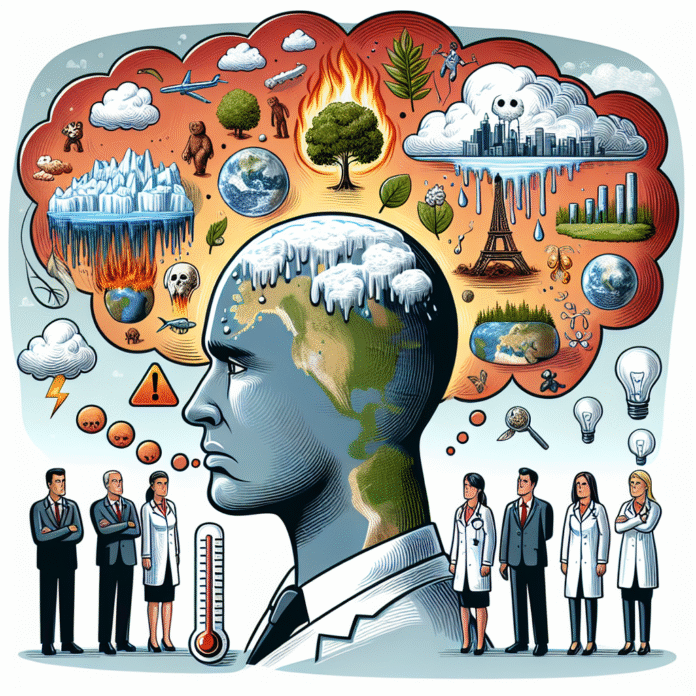Understanding Climate Anxiety and Its Emotional Impact
Understanding Climate Anxiety: The Emotional Toll of Climate Change
Climate anxiety, a term gaining prominence in recent years, refers to the feelings of worry, fear, and distress that individuals experience due to the ongoing and anticipated impacts of climate change. As news of environmental disasters, rising temperatures, and ecological collapse becomes more prevalent, many people find themselves grappling with a range of emotions about the future of our planet. Experts emphasize that these feelings are not only valid but also reflect a deeper connection to the world around us.
The Psychological Impact of Climate Change
The emotional effects of climate change are profound and can manifest in various ways. Individuals may experience sadness, anger, or helplessness when confronted with the reality of environmental degradation. This psychological distress can lead to a sense of powerlessness, as many feel that their personal efforts to combat climate change are insignificant in the face of overwhelming global challenges.
Research indicates that younger generations are particularly vulnerable to climate anxiety. Many young people report feeling anxious about their future, fearing that they will inherit a world fraught with ecological crises. This anxiety can adversely affect their mental health, leading to issues such as depression and anxiety disorders.
Recognizing and Addressing Climate Anxiety
Mental health professionals are increasingly recognizing climate anxiety as a legitimate concern that warrants attention and support. Therapeutic approaches can help individuals process their feelings and develop coping strategies. Mindfulness practices, community engagement, and advocacy work can empower individuals, transforming anxiety into action.
Moreover, discussions around climate anxiety are becoming more common in educational institutions and workplaces. By fostering open conversations about these feelings, we can create supportive environments that acknowledge the emotional weight of climate change and encourage proactive responses.
The Role of Community and Activism
Communities play a vital role in addressing climate anxiety. Individuals who engage with others who share their concerns can find solace and solidarity in collective action. Activism, whether through local initiatives or global movements, can provide a sense of agency and purpose. Understanding that they are not alone in their fears can alleviate some of the burdens of climate anxiety.
Additionally, education about climate change and its impacts can empower individuals to make informed choices and advocate for sustainable practices. This knowledge can transform feelings of dread into a commitment to enact positive change, both personally and within the broader community.
The Importance of Hope and Resilience
While climate anxiety is a legitimate response to the challenges posed by climate change, it is essential to balance these emotions with hope and resilience. Many experts advocate for a narrative that highlights successful climate action and innovative solutions being developed worldwide. Celebrating progress and advancements in renewable energy, conservation efforts, and community resilience can inspire individuals to remain engaged and optimistic about the future.
In conclusion, climate anxiety is a real and increasingly recognized emotional response to the climate crisis. As we navigate this complex landscape, it is crucial to foster supportive environments that acknowledge these feelings while promoting collective action and resilience. By doing so, we can transform anxiety into an opportunity for meaningful change and a brighter, more sustainable future.
